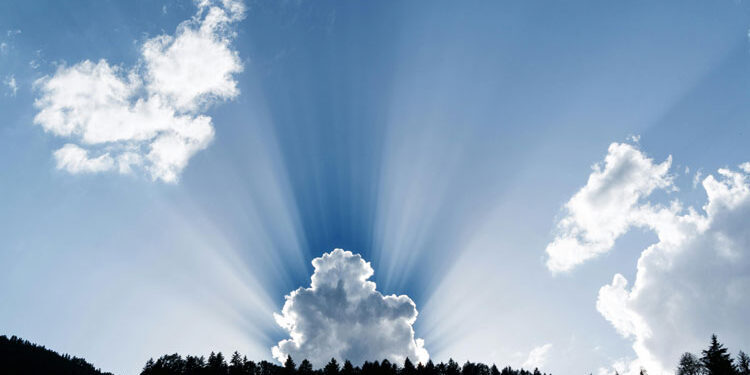On International Peace Day 21st September 2025,[1] I thought it would be fitting to share a blog on the theme of the day, “Act now for a Peaceful World.” Sometimes I excuse my meditation time searching for a space to find some ‘peace and quiet,’ yet, often, it’s exactly what we don’t need to find the inner peace that meditation can provide us with. Did you know that 2025 was proclaimed by the United Nations as an “International Year of Peace and Trust”? An initiative to highlight the need for global cooperation, mutual understanding, and sustainable development promotes, the statement, “Trust is the foundation of peace, and peace is the cornerstone of a just society,” [2] resonates. To me, it seems to embody the principles of mindfulness in action. Something I aspire to achieve through my research at the University of Aberdeen on Equity, Diversity and Inclusion and Social Justice and mindfulness training and policy. Over the past few months, my research has led me to a number of individuals, groups and organisations contributing to and fostering awareness around finding peace, supporting equity, celebrating diversity and championing inclusion. Social justice is at the heart of these organisations. I hope to share with you some of my findings here.
Before on embarking into the complexities of what ‘peace’ may be, a brief history of the origins and definitions of the root of the term and its journey into modern English by the 16th Century. The term peace, meaning the absence of conflict and harmony. The etymology of the term, Santi (shanti), in Sanskrit, at approximately 1500 BCE meant ‘tranquility or ‘rest’ [3]; Shalom, (שָׁלוֹם) in Hebrew, meaning wholeness or wellbeing at 1000BCE;[4] the ancient Greek term, Eirēnē (εἰρήνη ), meant, calm or the opposite of war, by 500BCE; [5] by 500 CE the old French term, (with an etymology from the Latin pax) pais or paix, meant agreement, peace,[6] by 1000 CE the Middle English terms, pece/pees referred to social harmony.
It’s clear from these definitions that perceptions of ‘peace’ retain a combination of these linguistic roots. A general definition encompasses the notion of a state of calm and tranquility, as well as the absence disturbance or conflict. A personal or inner peace can be for some a feeling of mental and emotional harmony, freedom from anxiety, stress, or turmoil, a state that meditation can often allow us to enjoy. Social peace refers to the absence of violence, hostility, or social unrest within a community or society and political or international peace is a condition in which nations or groups coexist without war or armed conflict, often maintained through diplomacy, cooperation, and justice. At its core, peace is more than just the absence of conflict, it often includes the presence of fairness, security, and mutual respect and trust too.
“The International Day of Peace,” was established in 1981[7] by the United Nations General Assembly. Two decades later, in 2001, the General Assembly unanimously voted to designate the day as a period of non-violence and cease-fire. Through its Peacebuilding Commission[8], which is marking its twentieth anniversary in 2025, the United Nations works to address poverty, inequality, discrimination, and injustice – all potential drivers of violence. [9] The sentiments carried in these words, “We must speak up against violence, hate, discrimination, and inequality; practice respect; and embrace the diversity of our world, ” [10] ring out loudly and clearly against a backdrop of a world clouded with news of fear, terror, the neglect of basic rights, lack of food, water and safe shelter.
The call in the west for what is generally termed as Socially Engaged Buddhism (SEB) is thought to have originaged by the work of the well-known, inspirational Vietnamese Buddhist monk, teacher and human rights activist, Thich Nhat Hanh, whose book Being Peace may be familiar to you. [11] Many of us will have encountered the transformational guide in secular mindfulness by Mark Williams and Danny Penman calling us to find peace in everyday life [12] and Eckhart Tolle, who writes in his book, The Power of Now, (2001) a chapter, “Beyond Happiness and unhappiness there is Peace” asks us, “Is there a difference between happiness and inner peace?” [13]
In a recent seminar at Kings College, London, Dr Tiffany Fairey, pointed out that there are limited images in society that convey, ‘peace’, yet there are many more representations of conflict. [14] We don’t have many images of peace, though the opposite is true for conflict and war. A project and resulting exhibition “What is Peace Photography” aims to address this. [15] , [16] Further, in the area of education, Art, Music and Sport work tirelessly towards encouraging young people to adopt positive experiences of peace, to counteract the negative imagery of war and conflict that arrives on a daily basis into their living rooms. This includes an art project for children in schools.[17] A recent exhibition at the parliament shows how war viewed through the eyes of children is a chilling reminder of the effects that war has on their future. [18] It also reminds us, there are in fact fewer images of peace, though the opposite is true for conflict and war.
Many of us who practice mindfulness find that it does foster a range of positive feelings and emotions. Kindness, compassion, care, love, gratitude. Finding peace and acting for peace may also be part of a vision for the future when examining equity, diversity, inclusion social justice and secular mindfulness. This area is the subject of research at the University of Aberdeen. If you are a trained mindfulness teacher interested how peace can be promoted through, “Equity, Diversity and Inclusion and Social Justice,” please do reach out.
Shirley Gonsalves
References
[1] https://www.un.org/en/observances/international-day-peace
[2] https://feature.undp.org/for-people-for-peace/
[3] Peace (n.), Online Etymology Dictionary. Retrieved from: https://etymology.en-academic.com/26894/peace
Peace, Wikipedia. Retrieved from: https://en.wikipedia.org/wiki/Peace
[4] Shalom, My Jewish Learning. Retrieved from: https://www.myjewishlearning.com/article/shalom
Shalom: Hebrew Word Study, Ancient Hebrew Research Center. Retrieved from: https://ancient-hebrew.org/definition/peace.htm
Shalom, Wikipedia. Retrieved from: https://en.wikipedia.org/wiki/Shalom
[5] Peace – Eirene (Greek word study), Precept Austin. Retrieved from: https://www.preceptaustin.org/peace_eirene
[6] Pax (Peace), Wikipedia. Retrieved from: https://en.wikipedia.org/wiki/PeaceEtymology from Latin pax → Old French pais/paix → English peace: https://etymology.en-academic.com/26894/peace
[7] http://undocs.org/A/RES/36/67
[8] https://www.un.org/peacebuilding/commission
[9] https://www.un.org/peacebuilding/commission
[10] https://www.un.org/en/observances/international-day-peace
[11] Hanh, T.N., 2024. Being peace. Parallax Press.
[12] Williams, M. and Penman, D., (2012). Mindfulness: An eight-week plan for finding peace in a frantic world. Rodale.
[13] Tolle, E., 2004. The Power of Now: A guide to spiritual enlightenment. New World Library.
[14] https://youtu.be/V2V7m6RMKy0?feature=shared
[15] https://www.youtube.com/watch?v=V2V7m6RMKy0
[16] https://imagingpeace.org/
[17] https://www.neversuchinnocence.com/poetry-and-art-competition-old
[18] https://www.youtube.com/watch?v=EeVmlSduMvA
Photo by eberhard grossgasteiger: Silhouette of Trees


